Introduction: Why Plumbing Compliance Matters for DIYers
Taking on plumbing projects yourself can be rewarding, cost-effective, and empowering. However, plumbing is one area of home improvement where cutting corners or overlooking regulations can have serious consequences. From water damage and failed inspections to fines and insurance issues, the risks of non-compliance are real. The good news? With the right knowledge and approach, you can tackle many plumbing jobs legally and confidently. This comprehensive guide will break down plumbing compliance for DIYers—covering key codes, permit requirements, the inspection process, and how to ensure your work is safe, up to standard, and fully legal. Whether you’re installing a new faucet, moving a drain, or planning a major remodel, understanding and following the rules isn’t just about avoiding penalties—it’s about protecting your home, your investment, and your peace of mind.
Understanding Plumbing Codes: What, Why, and Where They Apply
What Are Plumbing Codes?
Plumbing codes are a set of regulations that specify the design, installation, and maintenance requirements for plumbing systems. Developed to ensure safety, sanitation, and efficiency, these rules cover everything from pipe materials and fixture placement to venting and backflow prevention.
Why Do Codes Matter?
- Health & Safety: Proper plumbing prevents contamination, leaks, and waterborne illnesses.
- Property Protection: Code-compliant installations reduce the risk of costly water damage.
- Resale Value: Non-compliant work can derail a home sale or lower its value.
- Legal Compliance: Violating codes may result in fines or forced removal of work.
Where Do Codes Come From?
- Model Codes: Most US jurisdictions base their rules on the International Plumbing Code (IPC) or Uniform Plumbing Code (UPC).
- Local Amendments: Municipalities often adopt modifications. Always check with your city or county for specifics.
- Other Authorities: Some states or cities have their own codes or additional requirements (e.g., California Plumbing Code).
Which Plumbing Projects Can DIYers Legally Tackle?
Typical Projects Allowed Without a Permit
- Replacing faucets, showerheads, and toilets (in-kind swaps)
- Repairing or replacing shut-off valves
- Unclogging drains
- Fixing running toilets or minor leaks
- Replacing supply hoses or traps under sinks
These tasks are generally considered maintenance, but always verify with your local building department. If you modify water supply or drain lines, you may need a permit.
Projects That Usually Require Permits and Inspections
- Adding or moving plumbing fixtures (sinks, tubs, toilets)
- Installing new supply or drain lines
- Remodeling kitchens or bathrooms
- Working on water heaters
- Building additions or accessory dwelling units (ADUs)
If in doubt, call your building department before you start. Performing permit-required work without approval can result in stop-work orders or forced removal.
Owner-Builder Permits: A Special Case
Some areas allow homeowners to pull permits and do their own plumbing work, provided they live in the home. Restrictions may apply (e.g., not on rental properties). You’ll be held to the same standards as a licensed pro and must pass inspections.
How to Research Local Codes and Requirements
Step 1: Identify Your Jurisdiction
Find out whether your city, county, or state sets the rules. Start with your city’s building department (often called Building & Safety or Permitting).
Step 2: Access the Code
- Search online for your city’s plumbing code or regulations.
- Visit the building department in person for printed materials.
- Request clarification if the code is unclear—most inspectors are willing to help.
Step 3: Check for Amendments
Model codes are often customized. Look for local amendments affecting pipe sizing, allowed materials, or venting requirements.
Step 4: Ask About Permit Requirements
Even if a project seems minor, double-check whether a permit is needed. Many cities list common projects and their permitting status on their websites.
Common Compliance Pitfalls for DIYers (and How to Avoid Them)
- Improper Pipe Slope: Drain lines must slope 1/4 inch per foot for proper flow. Too little slope leads to clogs; too much can cause siphoning.
- Incorrect Venting: Every fixture needs proper venting to prevent traps from being siphoned. Unvented lines cause slow drainage and sewer gas leaks.
- Wrong Materials: Using prohibited pipe types, connectors, or solder can fail inspections. For example, many codes ban flexible drain pipe or require lead-free solder.
- Insufficient Support: Pipes must be securely fastened at intervals specified by code to prevent sagging and leaks.
- Backflow Risks: Installing hose bibbs or irrigation without proper backflow prevention can contaminate your water supply.
- Mixing Metals Without Dielectric Unions: Connecting copper and galvanized steel directly causes corrosion and leaks.
- Unapproved Modifications: Moving a fixture without a permit or inspection is a common code violation.
Getting a Plumbing Permit: What to Expect
Applying for a Permit
- Visit your local building department or apply online if available.
- Provide a detailed description of your project. You may need to submit plans or drawings.
- Pay the required fee (fees vary by jurisdiction and project scope).
- Receive your permit and display it as required on-site.
Scheduling Inspections
Most plumbing permits require at least one inspection, often more for large projects. Common inspection points include:
- Rough-in: After pipes are run, before walls are closed.
- Final: After fixtures are installed and the system is operational.
Always schedule inspections before covering any work. Failing to do so can require you to tear out finished walls or floors.
What Inspectors Look For
- Correct pipe size, slope, and materials
- Proper venting and trap installation
- Backflow prevention devices where required
- Secure, accessible shut-off valves
- No leaks or obvious defects
- Compliance with local amendments (e.g., earthquake strapping for water heaters)
Preparing for a Plumbing Inspection: Pro Tips
- Read the Code: Have the relevant sections printed or bookmarked for quick reference.
- Test for Leaks: Fill and drain fixtures, check all joints and valves, and correct any drips before the inspector arrives.
- Label Everything: Clearly mark new work, especially if it’s in an area with existing plumbing.
- Keep Work Accessible: Don’t close up walls or floors until your work passes inspection.
- Be Present: If possible, be there for the inspection to answer questions and make quick corrections.
- Document Everything: Take photos of your work before covering it for your records and future reference.
Understanding Legal, Insurance, and Resale Impacts
Legal Consequences
Performing unpermitted plumbing work can result in:
- Fines and stop-work orders
- Forced removal of non-compliant work
- Difficulty selling your home—unpermitted work often must be disclosed and may need correction
Insurance Issues
- Homeowner’s insurance may deny claims for damage caused by unpermitted or non-compliant plumbing.
- Future policies or claims may be affected if unapproved work is discovered.
Resale Complications
- Unpermitted work can derail a sale or reduce your home’s value.
- Many buyers, lenders, and appraisers require proof of permits and inspections for major plumbing changes.
DIY Plumbing Compliance: Best Practices Checklist
- Research your local codes and permit requirements before starting.
- Apply for permits as required—even if you’re doing the work yourself.
- Use only code-approved materials and fixtures.
- Follow best practices for pipe sizing, slope, and venting.
- Install backflow prevention where required.
- Schedule inspections at every required stage.
- Document all work and keep records of permits and inspections.
- Correct any issues the inspector notes before proceeding.
Resources for DIYers: Where to Turn for Help
- Local Building Department: Your first stop for code and permit questions.
- Online Code Resources: Many jurisdictions publish their amendments and permit guides online.
- Plumbing Forums: Websites like Terry Love Plumbing or DIY Stack Exchange offer peer-based advice.
- Manufacturer Instructions: Always follow the installation instructions provided with fixtures and materials—they’re often written to meet code.
- Professional Consultation: For major projects, consider hiring a licensed plumber as a consultant to review your plans or work.
Conclusion: Compliance Isn’t Complicated—It’s Essential
DIY plumbing projects can save money, build skills, and boost your confidence. But there’s no shortcut around compliance. Plumbing codes aren’t just bureaucratic red tape—they’re the collective wisdom of generations of professionals and inspectors, distilled into practical rules that keep your water safe, your home dry, and your investment secure. By taking the time to learn your local code, pulling permits when required, and embracing the inspection process, you’re not only staying on the right side of the law—you’re ensuring that your work stands the test of time. Don’t let the paperwork or technical jargon intimidate you. Compliance is about protecting your home, your family, and your hard-earned money. So before you pick up that wrench, make the building department your first stop, not your last. If you ever have doubts, ask questions, seek expert help, and err on the side of caution. In the end, the peace of mind that comes from knowing your plumbing is legal, safe, and up to code is worth every bit of effort you put in.

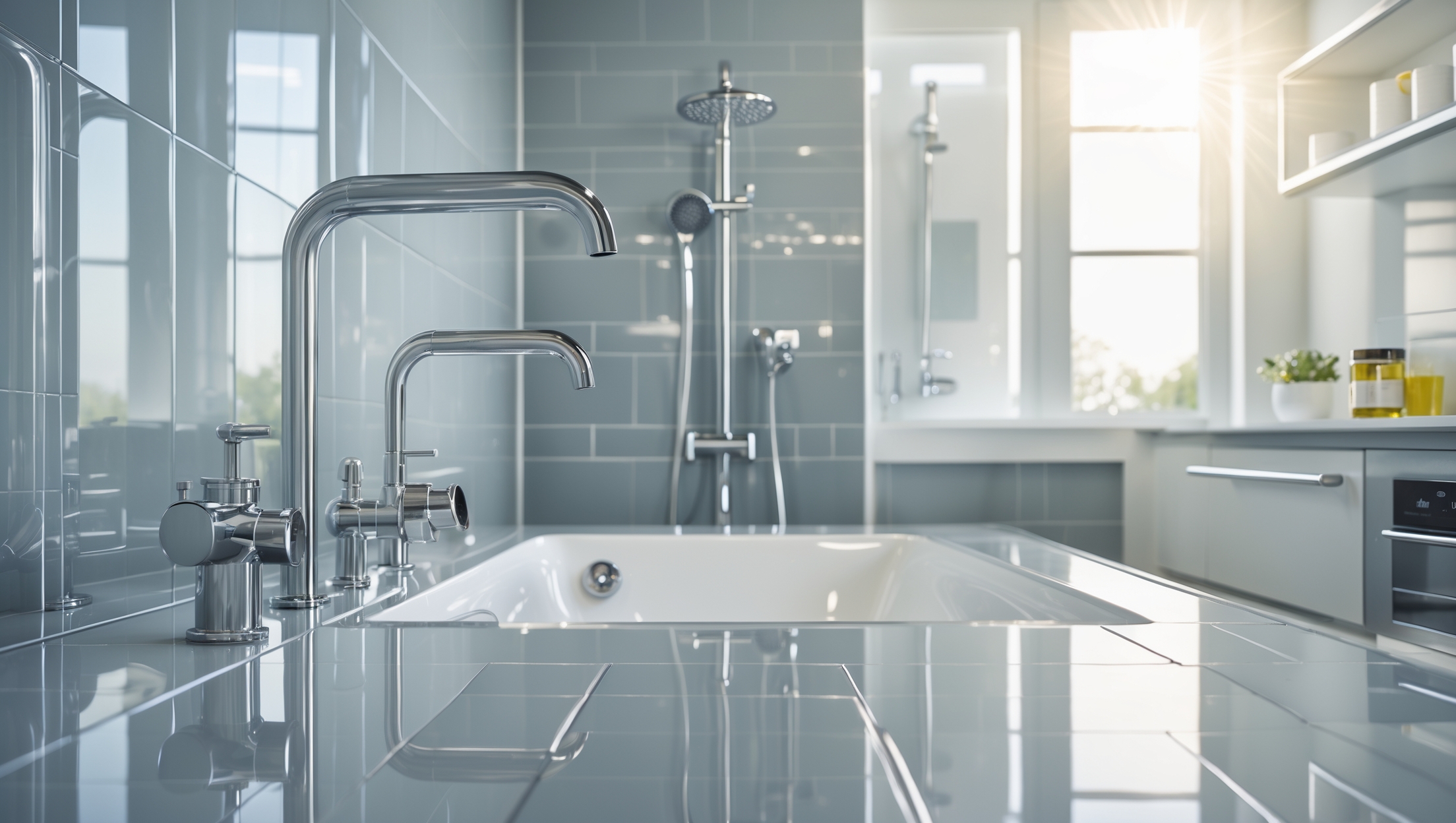

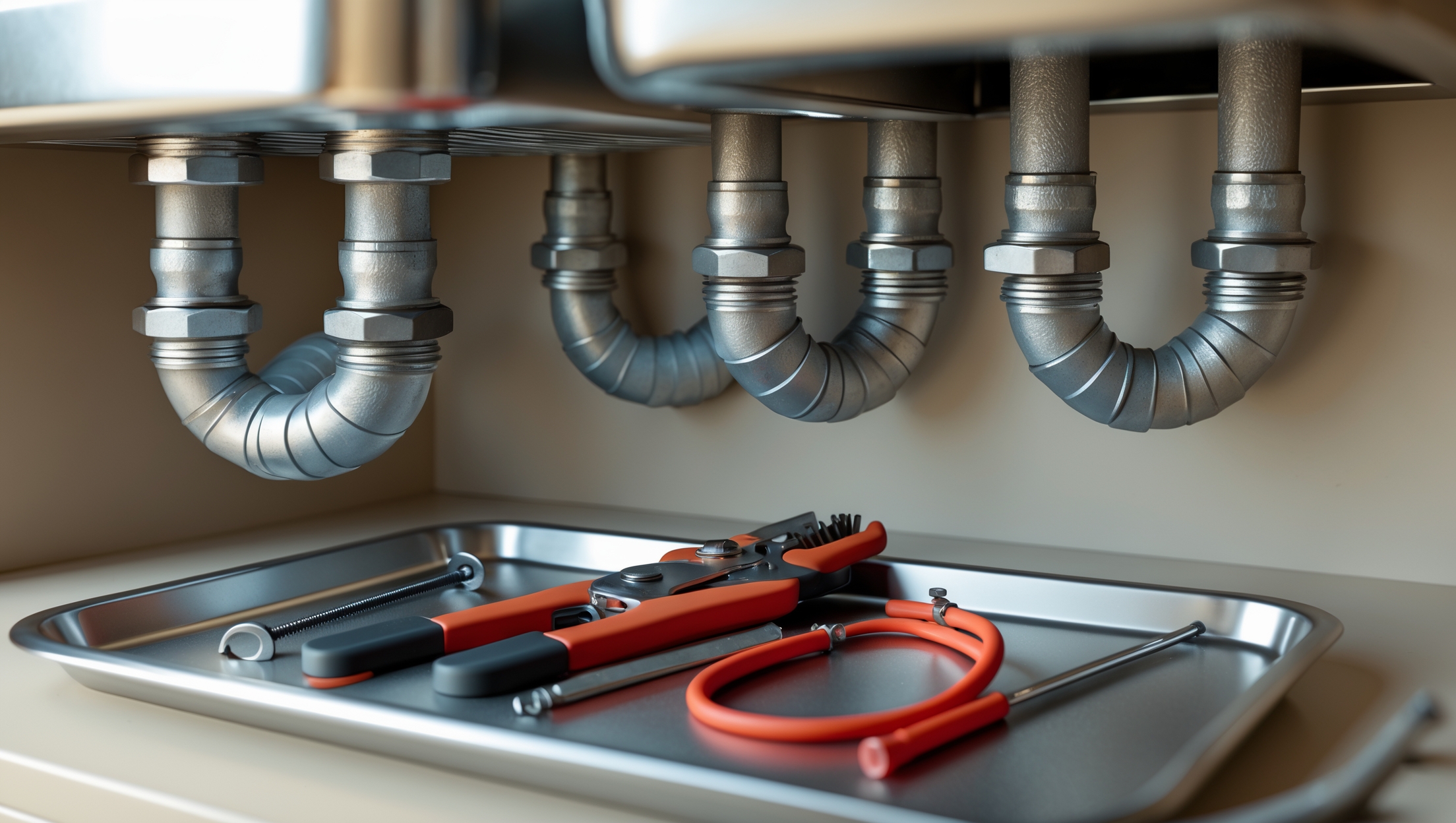
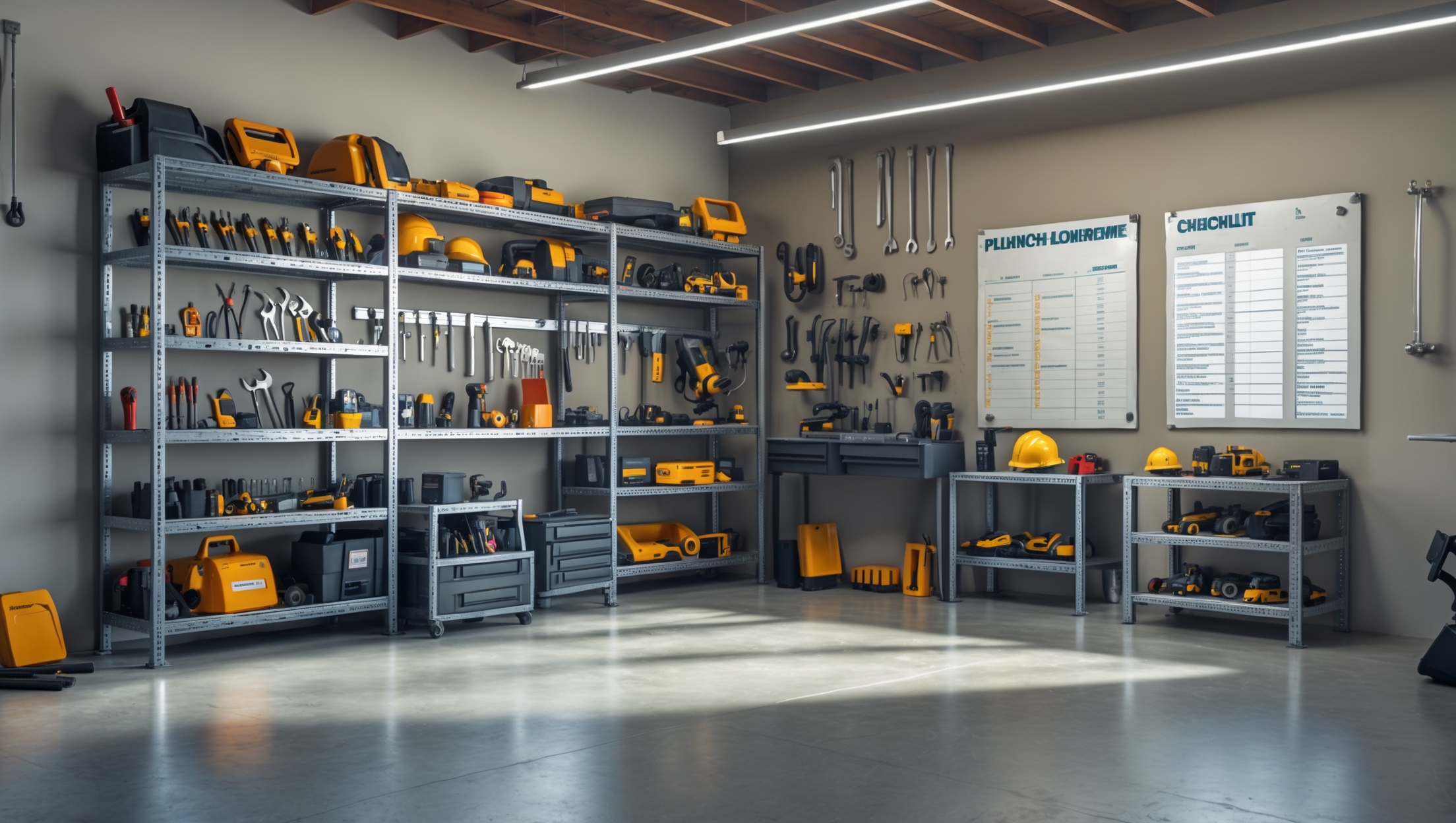


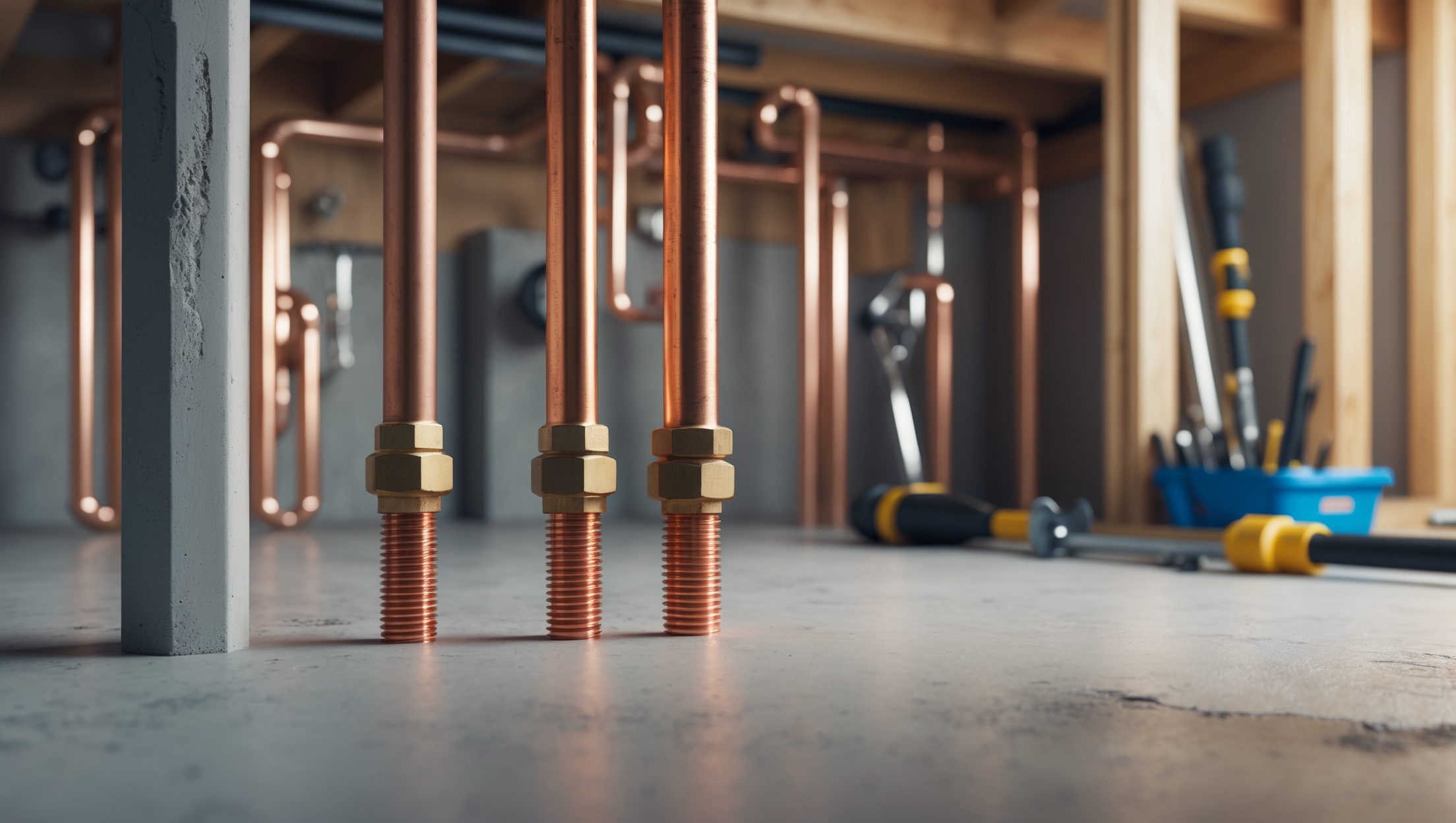
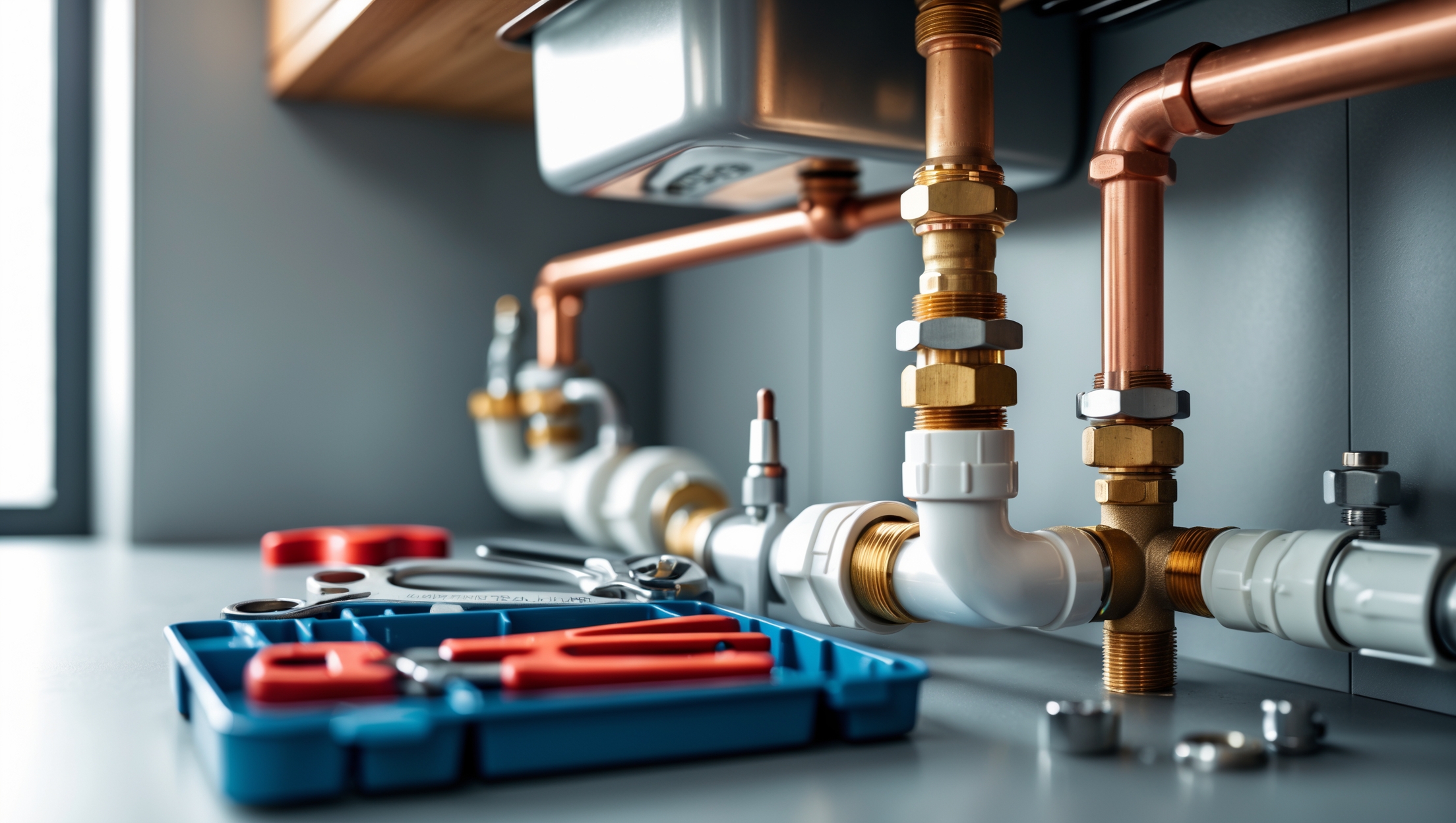
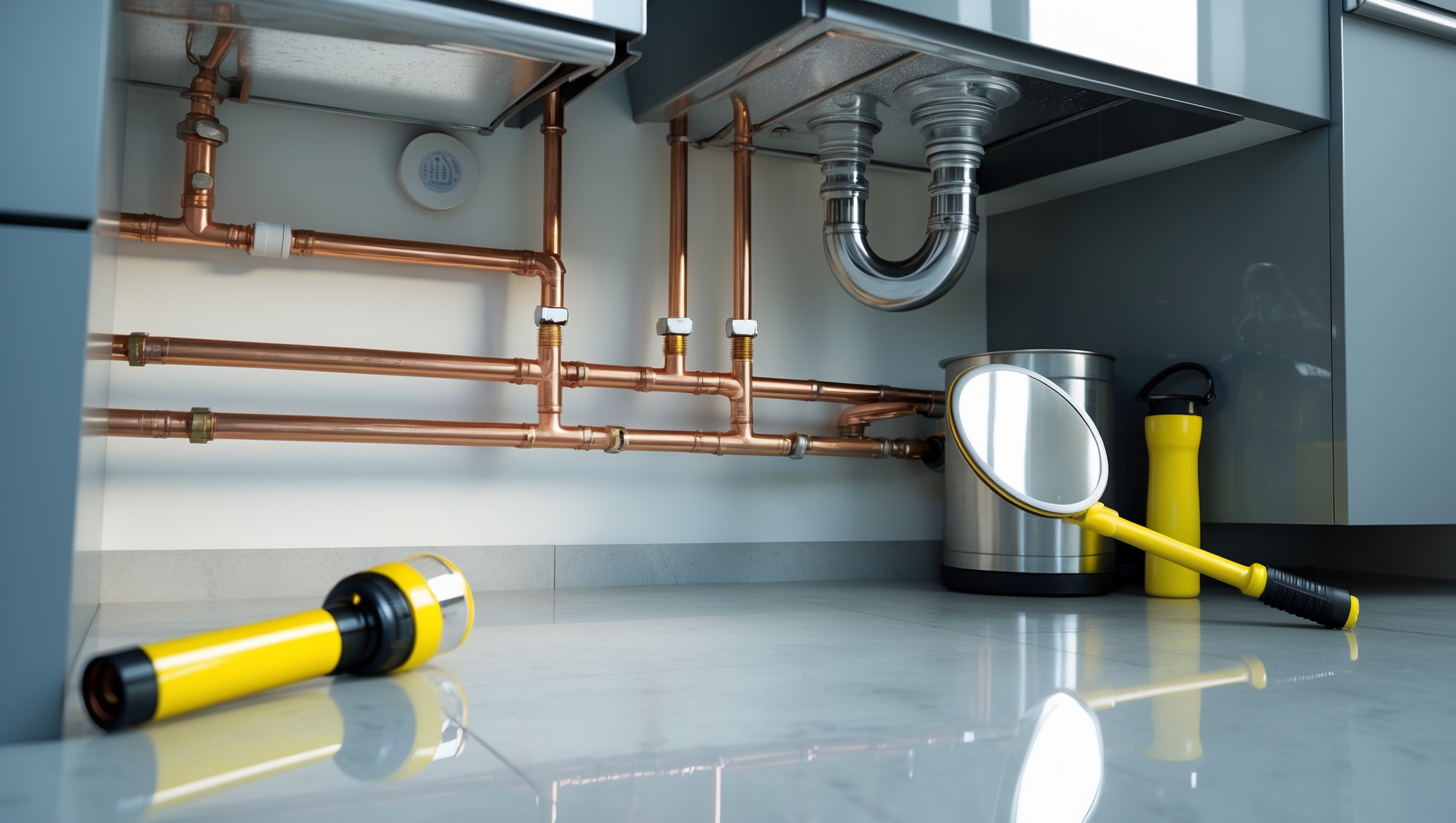
Sarah Gonzalez
In terms of timing, how long does the permit and inspection process usually take for a typical plumbing project, such as moving a water line, and are there ways to speed up approval if you are on a tight schedule?